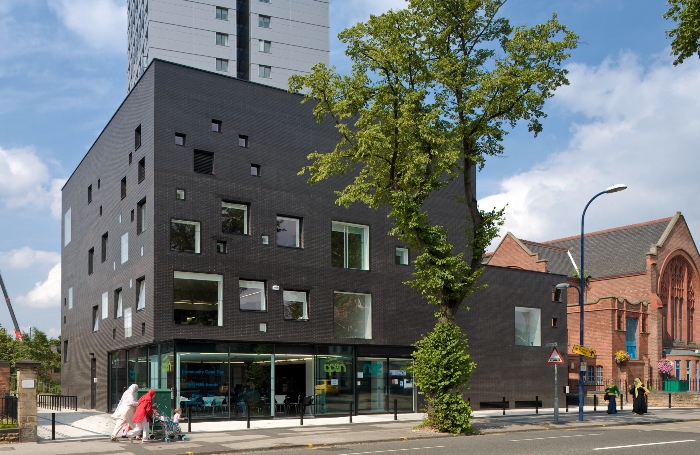Our latest report, Post Occupancy Evaluation: an essential tool to improve the built environment, urges government, local authorities and the wider construction sector to embed Post Occupancy Evaluation (POE) as standard practice to ensure all new buildings meet intended energy efficiency ratings and provide optimum value for money.
POE is the process of obtaining feedback on a building’s performance in use after it has been built and occupied. POE collects information on building and energy use and user satisfaction.
The report highlights, through case study examples, how POE can make buildings greener, reduce operational costs and increase user satisfaction.
POE informs building users if their building is energy efficient and reveals if it is being used as intended. Addressing these issues can help reduce operational costs. It also provides data to help understand how buildings are performing compared to their design intention. Without this data, the construction industry will unknowingly continue to make the same mistakes, wasting time and money.
Despite these benefits, POE is still not embedded in all projects. Ensuring the widespread adoption of POE will require systemic cultural changes in the construction sector.
The RIBA recommends:
- The government require POE as a condition for all publicly funded buildings and housebuilders receiving Help to Buy payments
- The National Audit Office (NAO) require all new publicly funded buildings to undertake POE and highlight whether this has been actioned in reviews
- Local authorities mandate the use of POE, and data sharing, on large scale housing schemes by making it a requirement through the planning system
- Those designing and constructing buildings should highlight the benefits of POE to clients and include POE as standard when bidding for projects
Read the RIBA’s full report, POE: an essential tool to improve the built environment, below.










